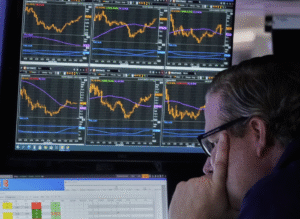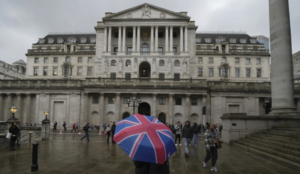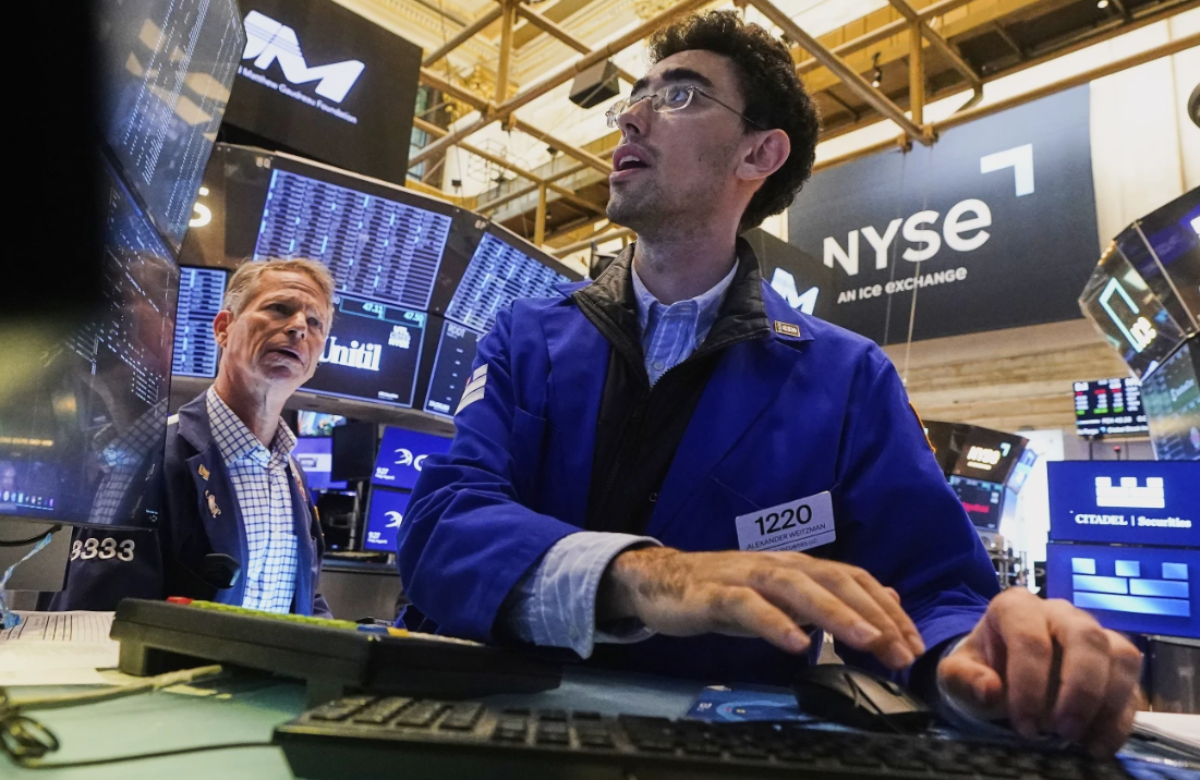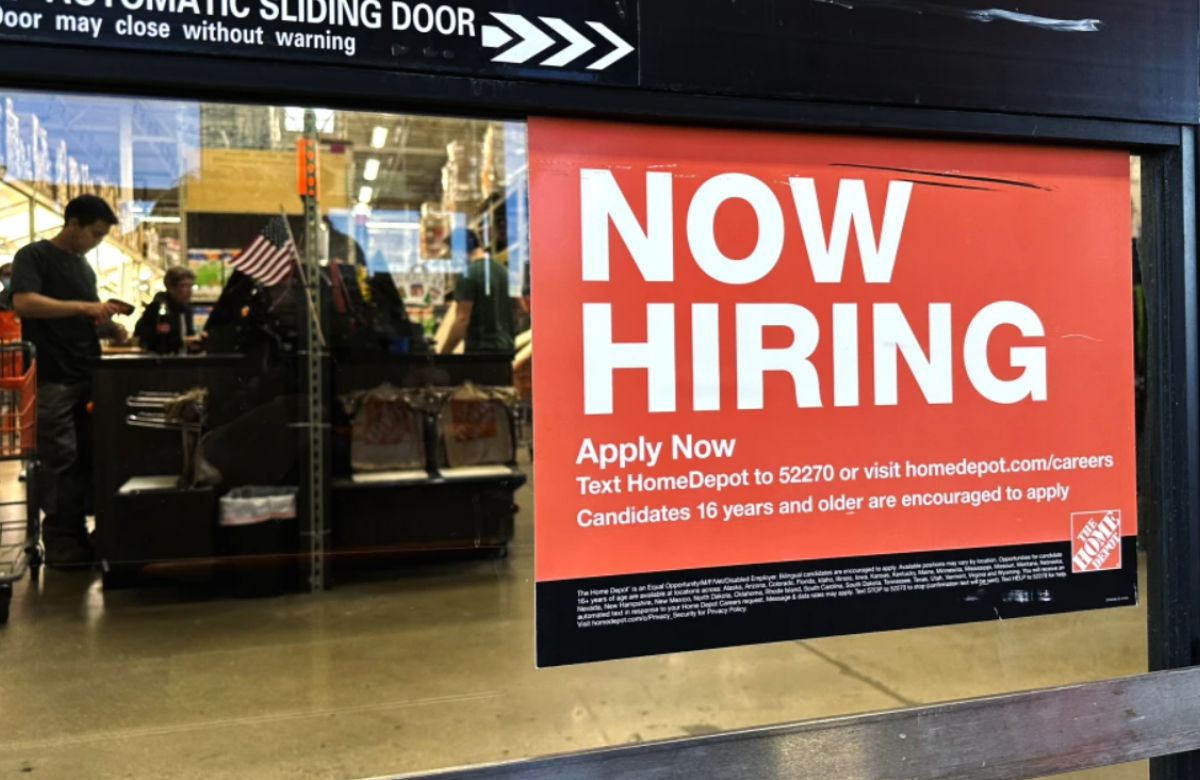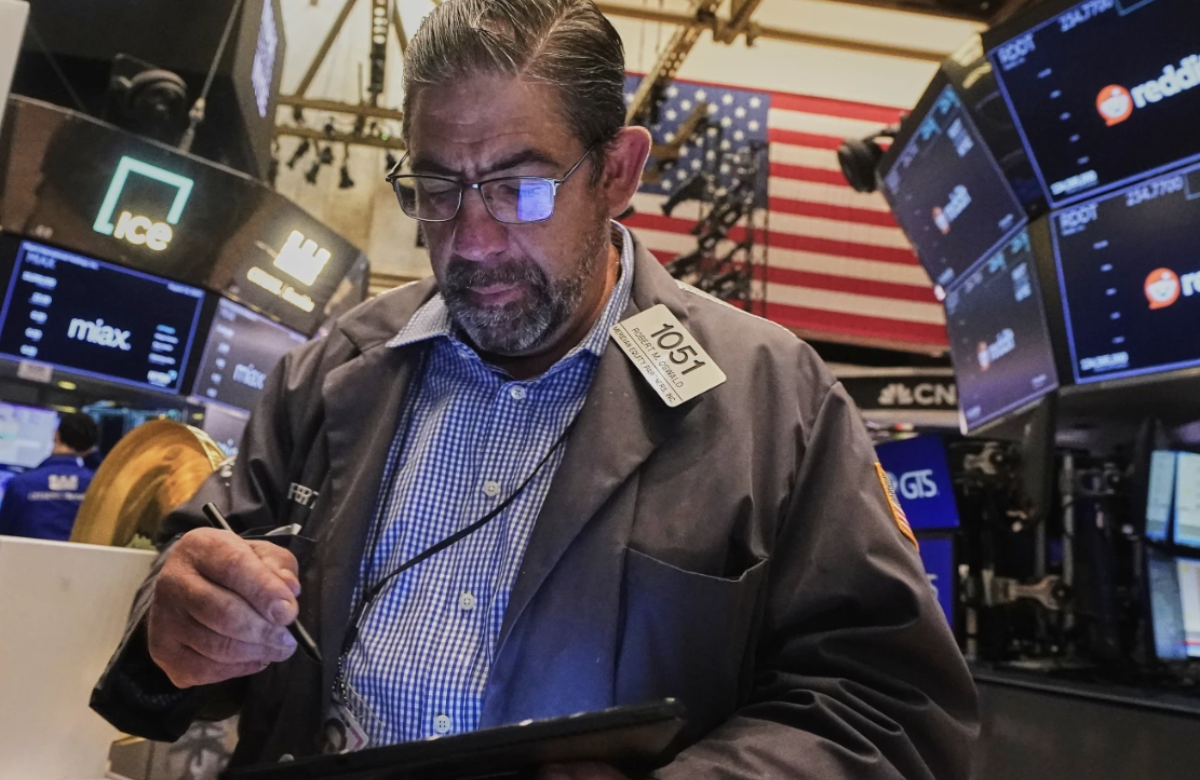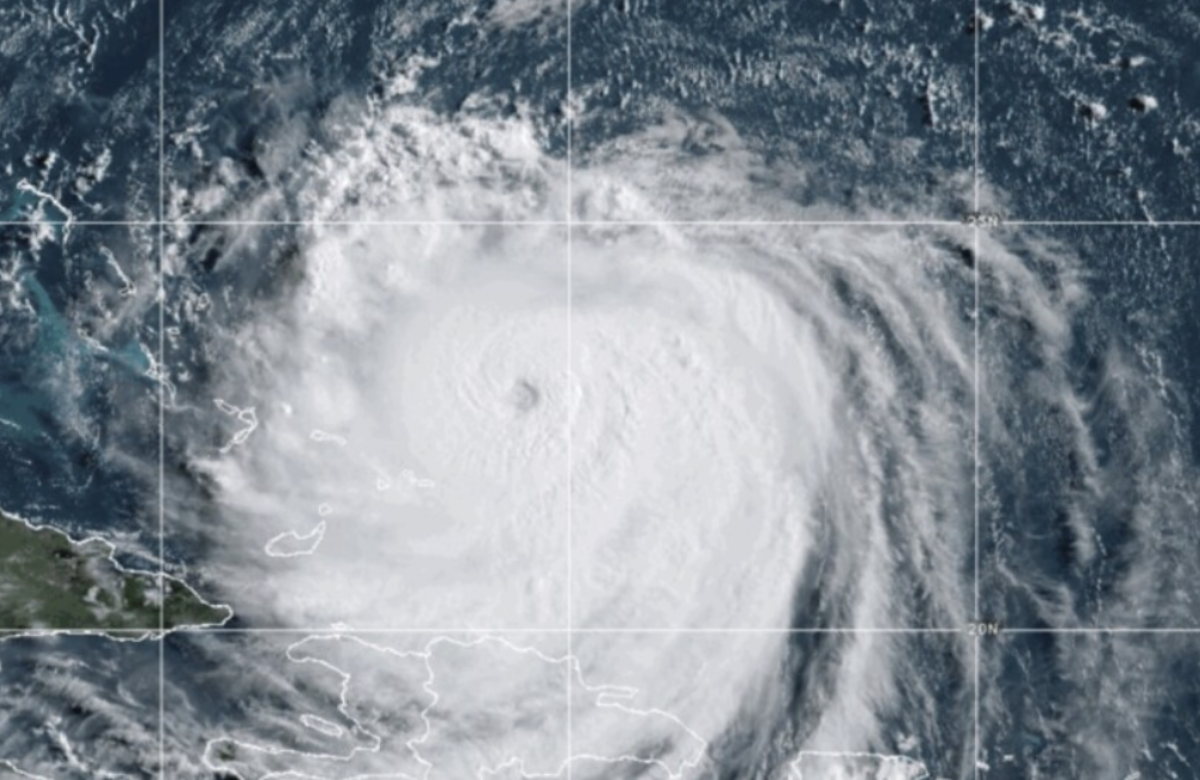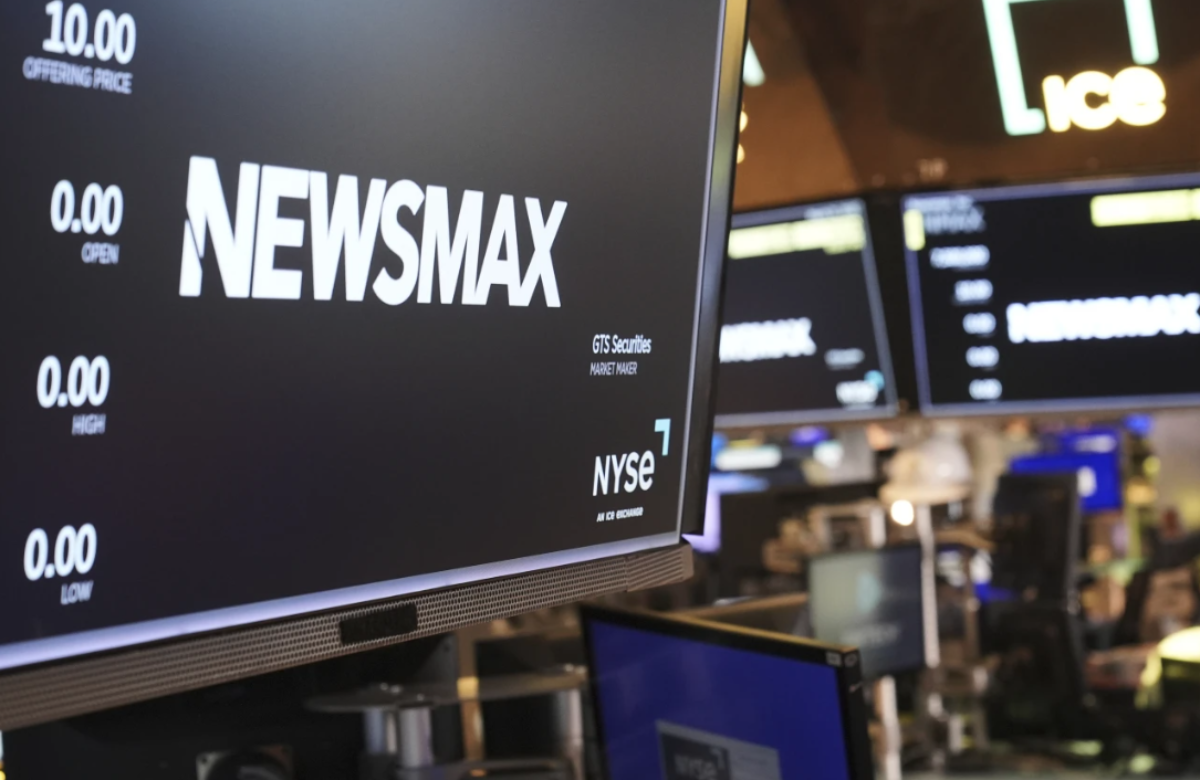The European Central Bank (ECB) lowered its key interest rate on Thursday to help stimulate an economy struggling with growth. This move comes as consumers, still feeling the effects of inflation, remain cautious about spending, and businesses face challenges due to political instability in major European economies like France and Germany.
This decision follows the U.S. Federal Reserve’s choice to hold interest rates steady just a day earlier, highlighting the stark contrast between the U.S. economy, which continues to grow, and Europe’s stagnant economy, which saw no growth at the end of last year.
The ECB reduced its benchmark interest rate by a quarter point to 2.75% during a meeting held in its headquarters in Frankfurt, Germany.
ECB President Christine Lagarde emphasized that inflation is steadily decreasing and is on track to meet the bank’s 2% target later this year. She also pointed out that the rate cuts would help support economic growth, even though the economy still faces challenges. She noted that factors like rising real incomes and the gradual end of strict monetary policies should help boost demand over time. This latest cut marks the fourth consecutive rate reduction and the fifth from a previous record high of 4%.
Concerns about economic growth have now surpassed worries about inflation. While inflation has decreased from its high of 10.6% in October 2022, it remains slightly above the target, standing at 2.4% in December, largely due to higher energy prices.
Europe’s economy showed no growth at the end of last year, with Germany, once a major driver of growth, experiencing its second consecutive year of declining output. According to Eurostat, the eurozone’s GDP remained flat in the final quarter of 2024. For the entire year, the economy grew by just 0.7%.
The slowdown from a 0.4% growth in the third quarter was partly due to businesses being unsettled by potential trade disruptions under the new U.S. administration of President Donald Trump. At the same time, consumers continued to hold back on spending, still feeling the effects of inflation, despite it dropping from its peak of 10.6% in October 2022.
In contrast, the U.S. economy grew by 0.6% in the fourth quarter, resulting in an annual growth rate of 2.3%.
Germany is facing several challenges, including the loss of affordable energy from Russia, bureaucratic obstacles, and political paralysis in Berlin. The country’s economy shrank by 0.2% in the fourth quarter.
For the full year, Germany’s economy also contracted by 0.2%, marking the second consecutive year of declining output. The outlook for 2025 is similarly bleak, with the government reducing its growth forecast from 1.1% to just 0.3%.
Both Germany and France, two of Europe’s largest economies, are struggling with political instability, which has created uncertainty for businesses and consumers regarding future government spending, regulations, and taxes. In Germany, political confusion might ease after the upcoming national election on February 23, following the collapse of Chancellor Olaf Scholz’s Social Democratic coalition, which had been caught in months of internal disagreements over economic policies.
France may take longer to recover from its political paralysis, as the parliament remains deeply divided, and a new election isn’t possible until at least July. Political factions are struggling over how to tackle the country’s significant budget deficit.
Business confidence has also been shaken by the election of Donald Trump, whose push for new and higher import tariffs could negatively impact Europe’s export-driven economy. Additionally, a slowdown in the adoption of electric vehicles, along with Germany’s decision to end subsidies for EV purchases, has reduced demand for parts suppliers.
Consumer confidence, as measured by indicators like the EU’s economic sentiment index, shows that people are concerned about rising prices. It’s unclear whether consumers are worried about potential future price hikes, possibly due to the threat of tariffs under the new U.S. administration, or if they are reacting to recent price increases.

